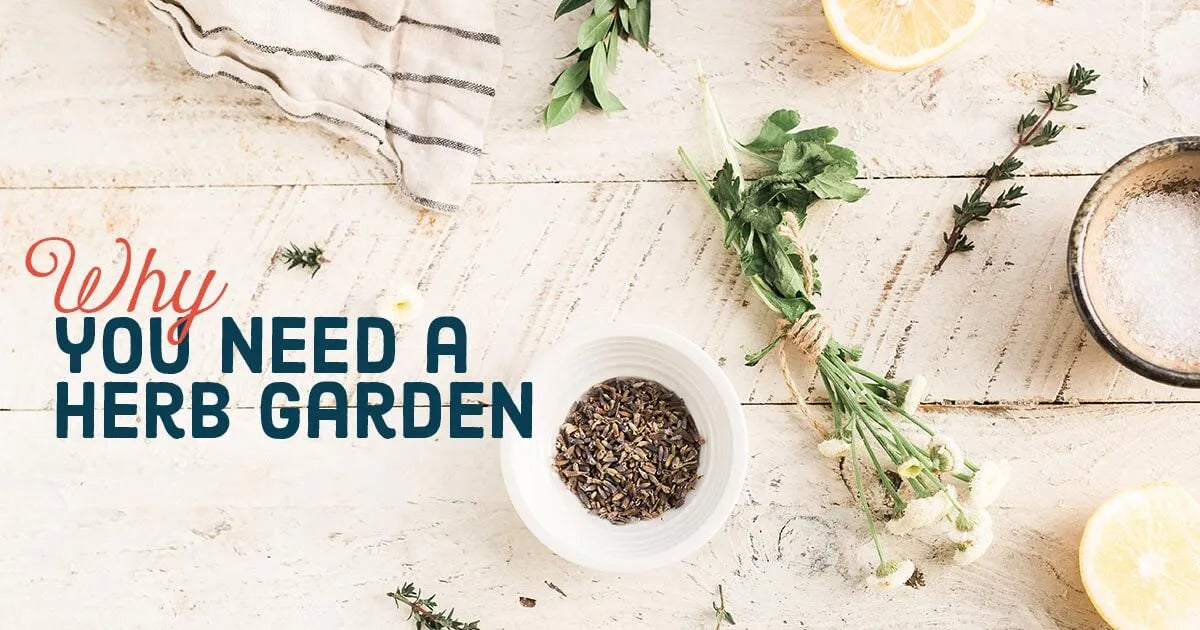Why You Need an Herb Garden
Honey Do's
If you’ve already considered a wildflower pollinator garden and are looking for something that’s tasty for you too, an herb garden could do just the trick. There are plenty of herbs that are easy to grow in your own backyard and favored by the bees.
What herbs do bees like?
Bees tend to look for plants that flower in full sun: six to eight hours of sun a day. They seek out blooms large and small, to find pollen, so you’ll want to make sure the herbs you plant actually bloom. Fortunately, most herbs do well in full sun. A few of our (and bees) favorites are basil, bee balm, borage, catnip, chamomile, cilantro, fennel, lavender, mint, rosemary, sage and thyme – a healthy variety for any new herb garden.
Is my backyard right for an herb garden?
Most backyard herbs just need two things: sunlight and well-drained soil. This means that when considering places in your yard to plant an herb garden, you need to look for a location that gets six or more hours of sunlight a day. However, in extremely hot summer climates like the southwest, you’ll want to find a spot that gets sun in the morning and shade in the afternoon, or a spot with partial shade, like below a large tree.
To ensure you get plenty of drainage, start by digging and loosening up the soil. This makes it easier for plants to grow their roots. Adding compost on top of the soil can also help, especially if the soil is sandy or heavy with clay. Make sure not to use composted manures – commonly sold at garden supply stores – because they can result in less flavorful herbs.
How much work is pollinator friendly herb gardening?
Almost all herbs will grow for one season or more, but many have to be replanted every year, like sweet basil and cilantro, which are annuals. When planting, you’ll need to choose between planting seeds (which can be cheaper) and planting plants (which can be easier.) Either way, the first day of gardening is the hardest, followed by simple maintenance afterwards. You’ll start by breaking up the soil, adding compost, and properly spacing out your seed or plants. Throughout the growing season, you’ll need to provide at least two inches of water each week. You can check if your herbs need water by feeling an inch or so under the soil. If it’s dry, it’s time to water them.
Also, make sure to harvest your herbs frequently. It doesn’t hurt the plants to lose some of their leaves now and then. In fact, it encourages growth, leading to bigger plants and bigger harvests.
This may or may not qualify as “work” in your mind, but keep in mind that you shouldn’t use herbicides or pesticides in your pollinator herb garden. You wouldn’t want to attract bees and butterflies just to kill them, right? So, you’ll want to regularly pull weeds – at least twice a month – to ensure your herbs are able to survive.
Herb gardening is one of the easiest ways to support pollinators and keep your neighborhood green. Combine that with some raw & unfiltered honey, and you’ll be able to make incredible recipes like this Chicken with Rosemary, Lemon & Olives

